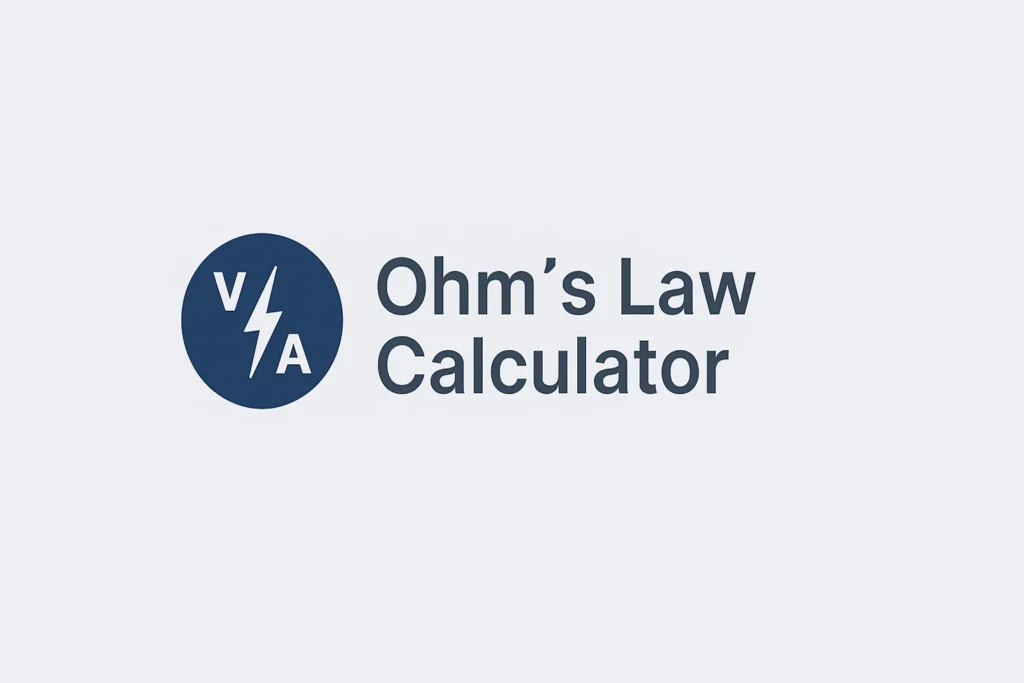Coulomb’s Law Calculator
Calculate the electrostatic force between two point charges.
Input Parameters
Understanding Coulomb’s Law
Coulomb’s Law, developed by Charles-Augustin de Coulomb, is a fundamental principle in electromagnetism that quantifies the force of attraction or repulsion between two electrically charged particles. This force, known as the electrostatic force, acts along the line connecting the two charges.
The Formula
The magnitude of the electrostatic force ($F$) is calculated using the following formula, where $k_e$ is Coulomb’s constant, $q_1$ and $q_2$ are the magnitudes of the charges, and $r$ is the separation distance:
$$ F = k_e \frac{|q_1 \cdot q_2|}{r^2} $$The components are:
- $F$: Electrostatic Force, measured in Newtons (N).
- $k_e$: Coulomb’s constant, approximately $8.99 \times 10^9 \, \text{N·m}^2/\text{C}^2$.
- $q_1, q_2$: The charges of the particles, measured in Coulombs (C).
- $r$: The distance between the charges, measured in meters (m).
Key Principles
The law indicates two important relationships:
- Inverse Square Law: The force is inversely proportional to the square of the distance ($F \propto 1/r^2$). Doubling the distance reduces the force to one-fourth.
- Direct Proportionality to Charge: The force is directly proportional to the product of the charges ($F \propto |q_1 \cdot q_2|$). Doubling one charge doubles the force.
- Direction: Like charges (both positive or both negative) result in a repulsive force, while opposite charges (one positive and one negative) result in an attractive force.
Real-Life Applications
Coulomb’s Law is crucial for understanding many phenomena, from the stability of atoms (the force holding electrons to the nucleus) to everyday technology:
- Chemistry: Explains chemical bonding and molecular structure.
- Electronics: Fundamental to the design of capacitors, transistors, and integrated circuits.
- Static Electricity: The attractive forces that cause dust to stick to a screen or hair to stand up after rubbing a balloon.
How to Use the Calculator
- Enter Charge $q_1$ (C): Input the value of the first charge in Coulombs (C). Use scientific notation for very large or small numbers (e.g., $1.602\text{e-}19$).
- Enter Charge $q_2$ (C): Input the value of the second charge in Coulombs (C). Remember the sign of the charge determines the type of force.
- Enter Distance $r$ (m): Input the distance between the center of the two charges in meters (m). This value must be positive.
- Click ‘Calculate’: Press the button to see the calculated electrostatic force ($F$) in Newtons (N). The output will also indicate if the force is attractive or repulsive.





